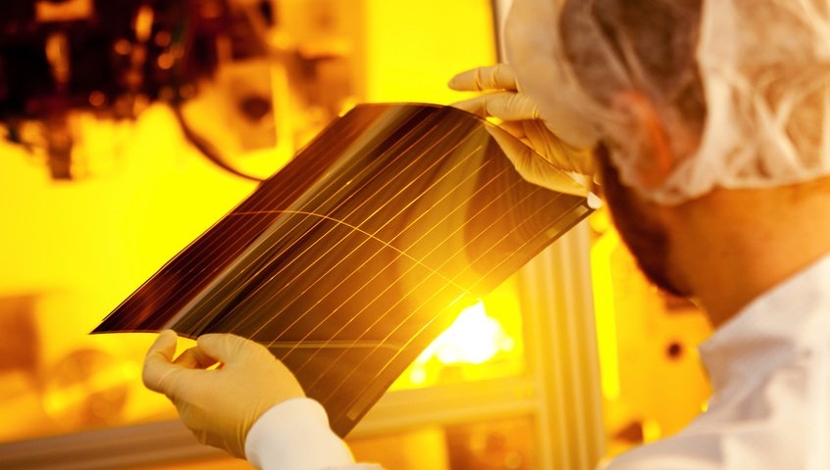

LafargeHolcim and its partner Heliatek have developed a unique photovoltaic energy-generating concrete facade that has the capability to double the energy generation traditionally achieved by roof-based solar systems.
The companies have collaborated over the last two years to create a cladding solution combining Ductal and HeliaFilm, Heliatek’s flexible and ultra-light solar film. With this new solution, prefabricated Ductal panels are delivered on site with an integrated solar energy-generation system.
This cladding boosts the building’s ability to generate energy independently and offers a reliable, decentralised and decarbonised energy supply. A 10 storey commercial building with 60% of its facade covered with the Ductal/HeliaFilm cladding system could generate approximately 30% of its annual energy requirement.
Gérard Kuperfarb, Group Head of Growth & Innovation at LafargeHolcim said: “With this Ductal/ HeliaFilm solution, building owners and developers as well as architects and engineers will be able to mitigate the energy costs of a building while enjoying the many benefits of a very light, low maintenance and long-lasting cladding solution.”
LafargeHolcim’s Research & Development focuses on addressing today’s major construction challenges. 30 to 40% of global energy consumption is used for heating and cooling buildings and insulation regulations are being strengthened all over the world.
Heliatek has developed a range of ultra-light (1 kg/sqm), highly aesthetic, thin, solar films. With a CO2 life cycle impact close to five times less than traditional crystalline photovoltaics, the HeliaFilm is the greenest photovoltaics solution worldwide.
”Cooperation like that with LafargeHolcim is at the core of our strategy. Our HeliaFilm is the active element which transforms building cladding into a power station. This is the path to green, localised electricity.” stated Thibaud Le Séguillon, CEO of Heliatek GmbH.
A prototype of this new photovoltaic facade system will be presented at Batimat, the French construction fair in November, and a pilot project is planned in 2018.





